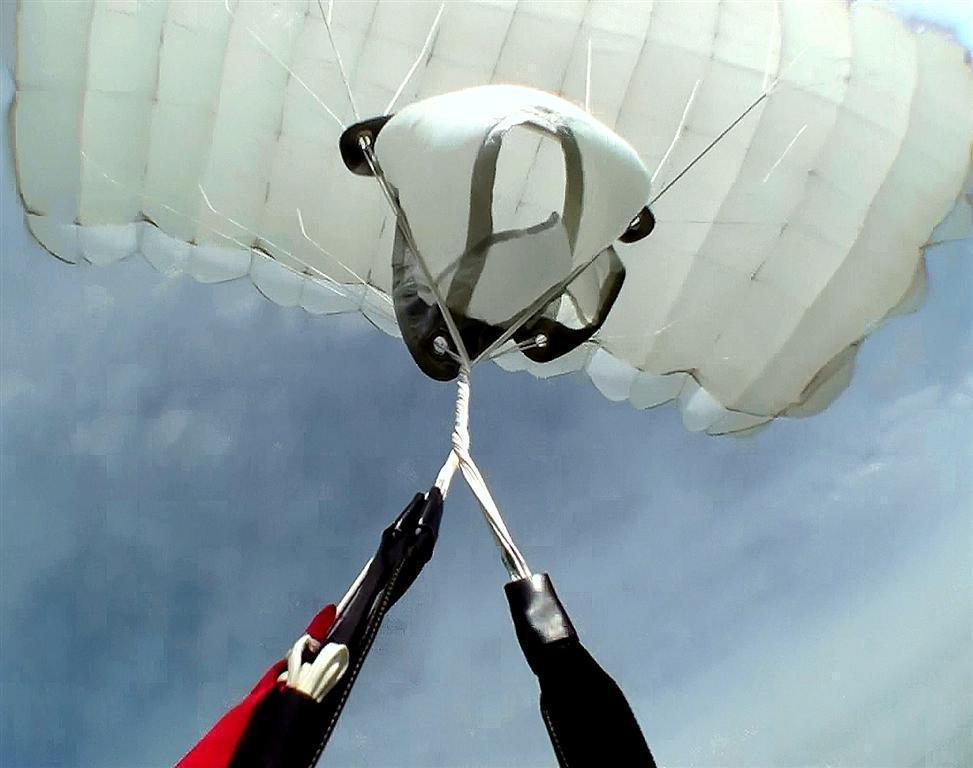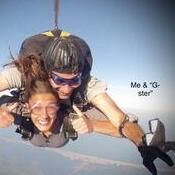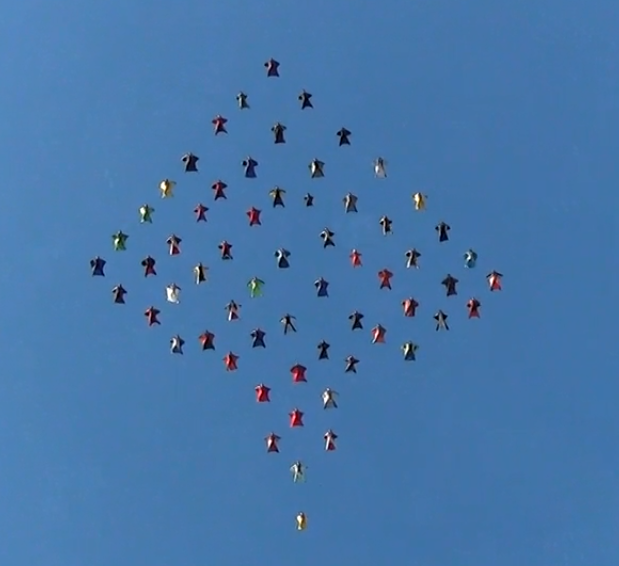Leaderboard
-
in all areas
- All areas
- Adverts
- Advert Questions
- Advert Reviews
- Videos
- Video Comments
- Blog Entries
- Blog Comments
- Images
- Image Comments
- Image Reviews
- Albums
- Album Comments
- Album Reviews
- Files
- File Comments
- File Reviews
- Dropzones
- Dropzone Comments
- Dropzone Reviews
- Gear
- Gear Comments
- Gear Reviews
- Articles
- Article Comments
- Article Reviews
- Fatalities
- Fatality Comments
- Fatality Reviews
- Stolen items
- Stolen item Comments
- Stolen item Reviews
- Records
- Record Comments
- Record Reviews
- Help Files
- Help File Comments
- Help File Reviews
- Events
- Event Comments
- Event Reviews
- Posts
- Status Updates
- Status Replies
-
Custom Date
-
All time
January 20 2016 - May 24 2024
-
Year
May 24 2023 - May 24 2024
-
Month
April 24 2024 - May 24 2024
-
Week
May 17 2024 - May 24 2024
-
Today
May 24 2024
-
Custom Date
03/31/2022 - 03/31/2022
-
All time
Popular Content
Showing content with the highest reputation on 03/31/2022 in all areas
-
2 pointsThere is also the fact that since skydiving is often seen as a little more tame these days many of the jumpers who want greater thrills, challenge, and risk will go onto BASE jumping. The BASE fatality list currently contains 423 entries, 238 of them in the ten year period of 2012 to 2021. Almost two dozen per year average. Nearly all of these people were also skydivers. At one time riskier behaviors happened at DZs and while not encouraged there was more tolerance. Now more people go to where there are few if any rules and everyone is even more individually able to decide on their own level of risk exposure.
-
1 pointHow very sad, what a GREAT person, rigger, jumper and friend. We worked together for a couple of years at National Parachute. Test jumps, design refinement, PIA booths, rigging and lots of fun too. She was a truly liberated woman, long before the “activism” became fashionable. She was the “balance” in the Herd, (if that was even possible). ;(
-
1 point
-
1 pointNow some upbeat news: Guardian: Ukraine gives medal to soldier who told Russian officer to ‘go fuck yourself’
-
1 pointUhh no. Let me put it in you terms. You: Why did you believe them when they said X but not Y? Me: They never said X and neither did I. You: <silence> Its a bit rich when someone who doesn’t read his own sources complains about other people not reading more sources.
-
1 point
-
1 pointWendy makes some good points. RSL's and MARD's have definitely helped. Note that every year we record fatalities that would likely not have happened if the jumper used an RSL or MARD. There are jumpers who remain steadfast to their opinion that these devices are dangerous, but the data says otherwise by a big margin. More and better canopy training has been very effective in lowering our canopy injuries and fatalities by number, although the overall percentage of canopy-related fatalities each year has remained about the same for quite a while. About 50% of our annual fatalities come from flying parachutes into the ground, either from intentional low turns (swooping) or unintentional low turns (confusion, mis-judging recovery altitude, avoidance turns, etc.). By the way, the vast majority of intentional turn canopy fatalities involve male jumpers with less than 1,000 jumps and rapid downsizing. That pattern will only change when we change it. Better training doctrine and techniques have been effective. Drop zones take ongoing training more seriously than in the past, as do most jumpers. Students graduate from training programs with better skill sets these days and that leads to fewer mistakes. The same holds true with more and better information. I do think our changing demographic has contributed to better numbers. Skydivers are older on average than in the past, and that has probably led to fewer poor, testosterone-fueled decisions. Same goes for income. We are wealthier on average than we were years ago so more jumpers can afford state-of-the-art gear, audibles, training courses, etc. They can also afford to maintain their gear better - fewer mals means fewer EP errors. Looking at just about every calendar year, we are losing the bulk of our jumpers from the same causes. Flying fast canopies with too much ego and too little training Failing to utilize equipment that will save us when we can't or won't Performing EP's improperly or too slowly Not following landing priorities Just my 2 cents #projectzero
-
1 pointI have no problem with paying my taxes to support the nation. What I object to is that the ultra-wealthy have bought their way out of doing so.
-
1 pointIf you go farther back, the early 1980's brought a very significant decline in the number of fatalities in a very small period. It went from the high 40's/low 50's down into the 30's. That was probably a combination of things: Equipment: the vast majority of jumpers were using 3-rings by then; student programs were starting to use (slightly) higher-performance canopies (better steerability); some doubtful equipment was no longer made (plastic reserve handles, blast handles, belly band throw-out), and helmets became more accepted Training: a far larger number of dropzones followed more rigorous student programs, with defined goals. As well, the introduction of tandem and AFF brought a higher level of instruction as well And in general, skydiving was becoming a little more mainstream, which meant that it had to behave in a more mainstream manner. I'd say that in the last 20 years, RSLs have gone from a good idea to almost (though not quite) universal; likewise AAD's. Before the advent of the Cypres, failure to pull either the main or reserve accounted for a significant number of fatalities. In the last 20 years, canopy instruction has become an accepted and standard part of a skydiver's development. In addition, traffic rules and exit rules have become stricter across most dropzones. As canopies get faster, these become necessary, just as speed limits and roads became necessary as cars got faster. I'll ping Chuck Akers to weigh in on this as well. Wendy P.
-
Newsletter





.thumb.jpg.4bb795e2eaf21b8b300039a5e1ec7f92.jpg)

